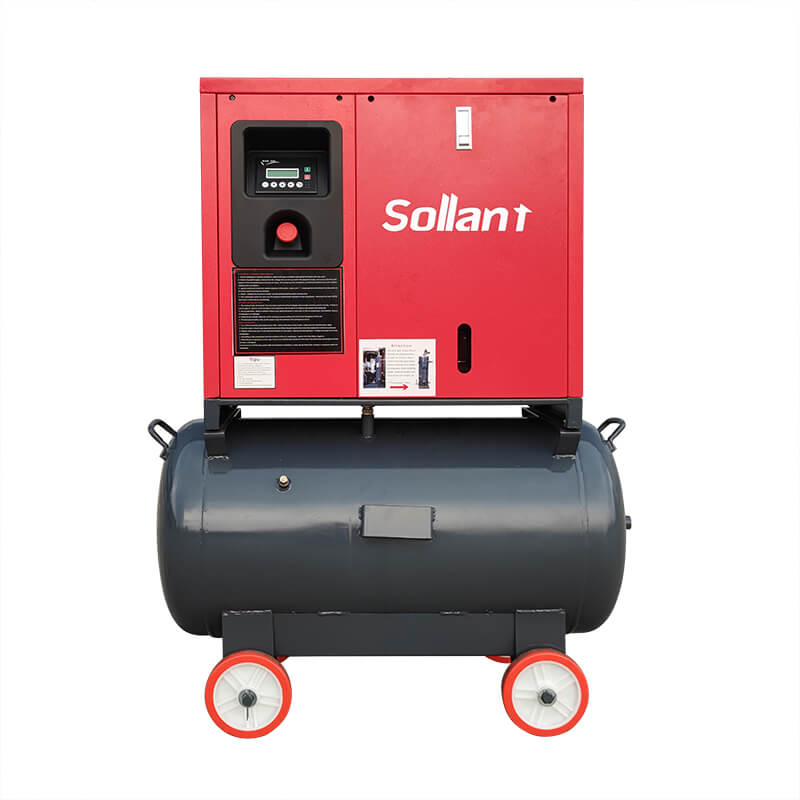Disassembly method of rolling bearing

The disassembly of rolling bearings is one of the important disassembly contents in mechanical maintenance. Disassembly must follow the basic rules of bearing disassembly and assembly, and different disassembly tools and disassembly methods must be used for different bearings. When the bearing is tightly fitted to the shaft and loosely fitted to the seat hole, the bearing and the shaft can be removed from the housing, and then the bearing can be removed from the shaft with a press or other removal tools.
1. Disassembly of the inner/outer ring
To disassemble the outer ring with interference fit, set several screws for the outer ring extrusion screw on the circumference of the shell in advance, and disassemble while tightening the screw evenly.
These screw holes are usually covered with blind plugs, tapered roller bearings and other separable bearings. Several cuts are set on the shoulder of the housing, and spacers are used to disassemble with a press or gently tapped.
2. Removal of cylindrical bore bearings
It is easiest to remove directly with a press. At this time, pay attention to let the inner ring bear its pulling force. The inner ring of large bearings is disassembled by hydraulic method. Apply oil pressure through the oil hole on the shaft to make it easy to pull out. Bearings with a large width can only be disassembled by using the oil pressure method and the drawing fixture. The inner ring of NU type and NJ type cylindrical roller bearings can be disassembled by induction heating. A method that heats a part in a short time to expand the inner ring and then pull it out.
3. Removal of tapered bore bearings
To disassemble a relatively small bearing with an adapter sleeve, support the inner ring with a block fastened on the shaft, turn the nut back several times, and then use a spacer to knock it out with a hammer. For large bearings, it is easier to disassemble using oil pressure. The method of disassembling the bearing by pressurizing the oil hole on the tapered hole shaft to expand the inner ring. During operation, there is a danger of the bearing coming out suddenly, it is better to use the nut as a stopper.
4. Knock and unload method
Knockout is the easiest and most common method of disassembly. It is a disassembly method that uses the force of hammering to make the parts that cooperate with each other displace and separate from each other to achieve the purpose of disassembly.
The commonly used tools for knocking and dismantling are hand hammers, that is, ordinary fitter hand hammers, punches and pads. The punch is made of steel, and the hammered top is processed into a spherical shape, so that the end in contact with the workpiece is usually inlaid with soft metal, such as copper, aluminum, etc., and made flat or suitable for the shape of the workpiece to protect the surface of the workpiece No damage.
When knocking and unloading, different methods and steps should be taken according to different machine structures.
Sliding bearing bushings and rolling bearing casings are interference fits in the holes, and the method of knocking them out is also commonly used to remove them from the holes. When knocking off, the hammered end of the bushing should be chocked. When knocking down a bush with a small diameter, it is best to use a stepped punch. The small diameter of the punch just matches the inner hole of the bush, and the large diameter of the punch is about 0.5mm smaller than the outer diameter of the bush.
For the disassembly of large-diameter bushes and rolling bearings, sleeves are often used. For the disassembly of ordinary small bearing caps, the method of symmetrically driving into the inclined pads is often used to open the bearing caps.
Sollant Focus on Energy Saving



